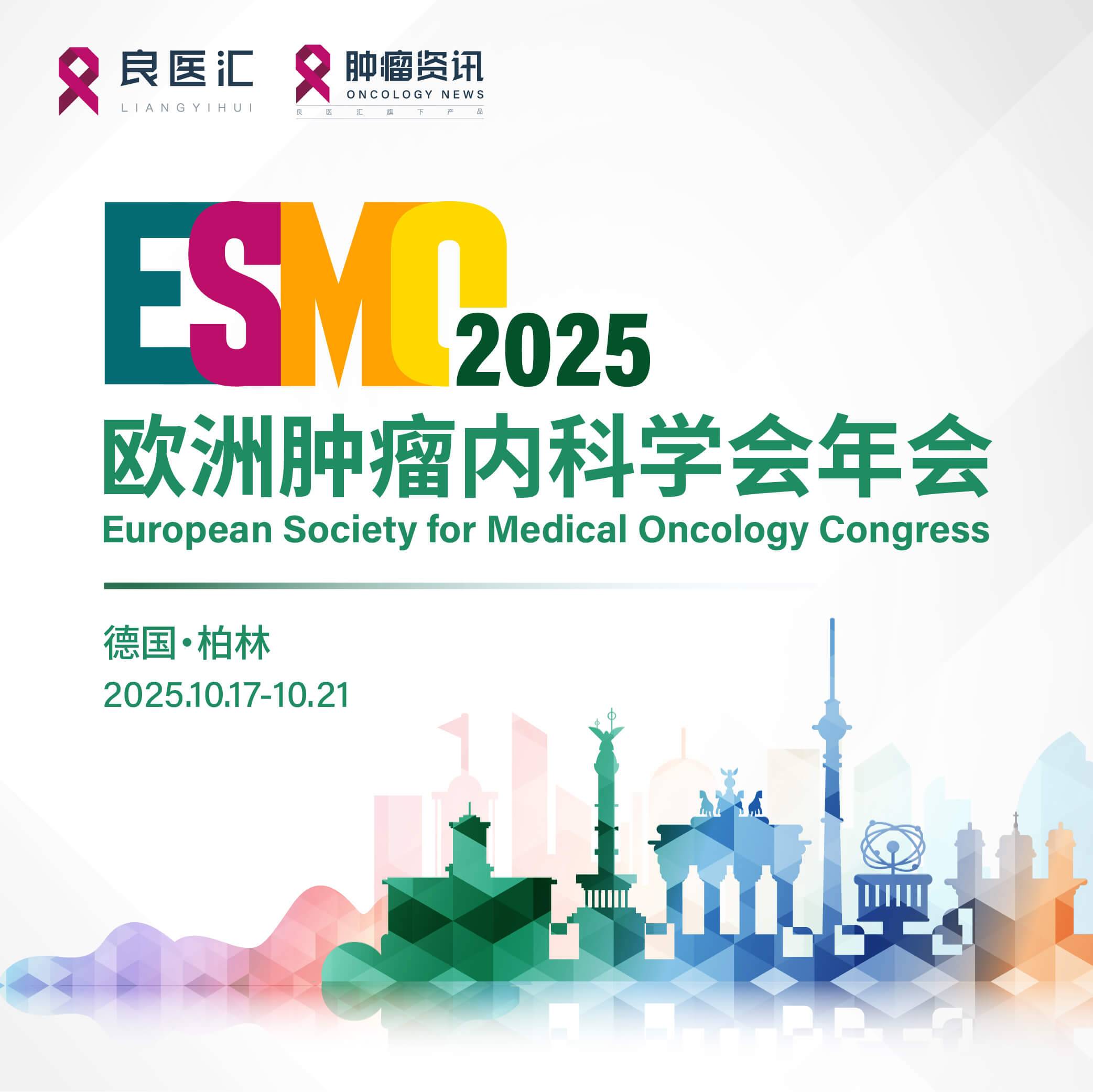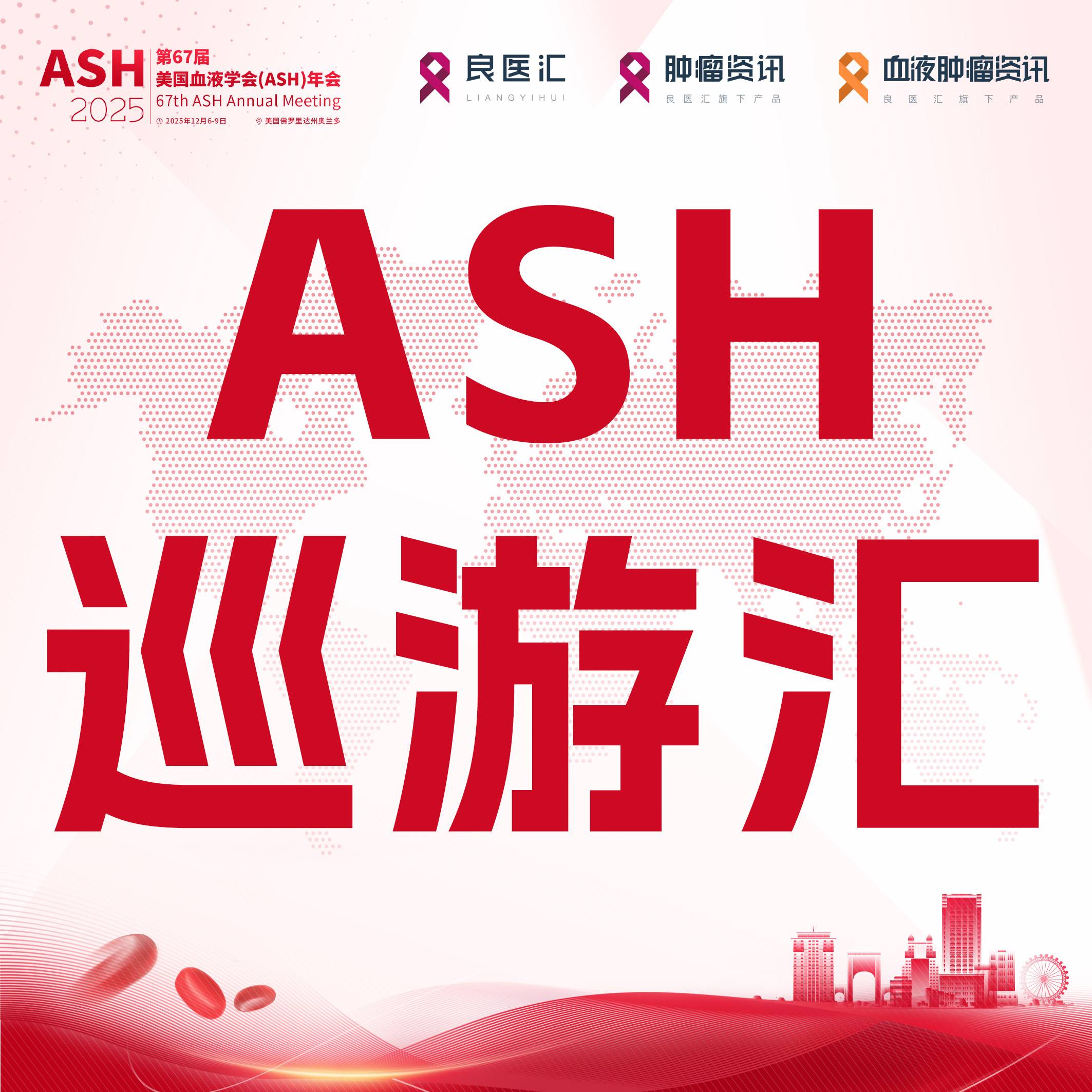2015年4月7日讯,安维汀(Avastin)是瑞士制药巨头罗氏(Roche)第二畅销的抗癌药物,2014年全球销售额高达70.21亿美元,位列《2014年全球最畅销的25个药物》榜单第7名。在欧盟,Avastin已获批的适应症包括:乳腺癌、结直肠癌、非小细胞肺癌、卵巢癌。
近日,Avastin(bevacizumab,贝伐单抗)在欧盟监管方面再度传来喜讯,欧盟委员会(EC)已批准Avastin联合标准化疗(紫杉醇+顺铂,或紫杉醇+拓扑替康)用于持续性、复发性或转移性宫颈癌的治疗。Avastin是继2006年拓扑替康和顺铂获批近10年来,批准用于治疗晚期宫颈癌的首个新药,标志着宫颈癌临床治疗的重大里程碑。目前,在欧盟地区,晚期宫颈癌的治疗选择仅限于化疗。在当前标准化疗方案基础上联用Avastin,将为晚期宫颈癌患者提供更显著的治疗益处。
Avastin宫颈癌新适应症的获批,是基于关键性大型III期GOG-0240研究的显著生存数据。GOG-0240是一项独立的、由美国国家癌症研究所(NCI)资助的妇科肿瘤组(GOG)III期临床研究,在452例持续性复发性或转移性宫颈癌患者中开展,旨在评估Avastin联合标准化疗(紫杉醇+顺铂,或紫杉醇+拓扑替康)的疗效及安全性,研究的主要终点为总生存期(OS)。数据显示,与化疗(紫杉醇+顺铂,或紫杉醇+拓扑替康)相比,Avastin联合化疗(紫杉醇+顺铂,或紫杉醇+拓扑替康)使死亡风险显著降低26%,总生存期(OS)提高近4个月(中位OS:16.8个月 vs 12.9个月,HR=0.74,p=0.0132)。此外,Avastin联合化疗组也表现出显著更高比例的肿瘤缩小(ORR,客观缓解率:45% vs 34%)。安全性方面,Avastin联合化疗组除了胃肠-阴道瘘发生率升高(8.9% vs 0.9%)之外,安全属性与以往横跨各种肿瘤类型的关键研究表现一致。
同样根据GOG-0240研究的数据,Avastin联合化疗(紫杉醇+顺铂,或紫杉醇+拓扑替康)已分别获美国、瑞士及其他6个国家批准,用于持续性复发性或转移性宫颈癌的治疗。
关于宫颈癌:
宫颈癌是发生于子宫下部组织子宫颈的癌症,是最常见的妇科恶性肿瘤,近年来其发病有年轻化的趋势。人乳头瘤病毒(HPV)持续感染是宫颈癌的主要危险因素,90%以上的宫颈癌伴有高危型HPV感染。
与其他大多数癌症不同,宫颈癌是较年轻女性(35-44岁)中最常确诊的癌症类型。据估计,在欧盟每年约有3.3万例新诊病例,并有1.3万例患者死亡。在全球范围内,每年有超过50万宫颈癌新诊病例,死亡病例超过26万,使之成为全球女性癌症死亡的第四大病因。
英文原文:EU approves Roche's Avastin plus chemotherapy for women with advanced cervical cancer
Avastin is the first treatment in nearly a decade to extend the life of women with this advanced disease
Roche (SIX: RO, ROG, OTCQX, RHHBY) announced today that the European Commission (EU) approved Avastin (bevacizumab) in combination with standard chemotherapy (paclitaxel and cisplatin or, alternatively, paclitaxel and topotecan in patients who cannot receive platinum therapy) for the treatment of adult patients with persistent, recurrent or metastatic carcinoma of the cervix.1
Unlike the majority of cancers, cervical cancer is most commonly diagnosed in younger women, between the ages of 35 and 44.2 Each day it is estimated that 90 women are diagnosed with cervical cancer in Europe, and around 35 of these women will die from the disease.3 Avastin’s EU approval in persistent, recurrent or metastatic carcinoma of the cervix is an important development in a disease area where, until now, treatment options were limited to chemotherapy.
“We are pleased that women in Europe now have a much needed new treatment option that is proven to help them live longer lives compared to chemotherapy alone,” said Sandra Horning, M.D., Chief Medical Officer and Head of Global Product Development. “Currently, fewer than one in six women with this disease are alive five years after diagnosis. Avastin’s approval is a welcome advance for women with persistent, recurrent or metastatic carcinoma of the cervix”.
The EU approval was based on the significant survival benefit in the pivotal GOG-0240 study, which showed that women who received Avastin plus chemotherapy had a statistically significant 26 percent reduction in the risk of death, representing a median improvement in survival of nearly four months, compared to women who received chemotherapy alone (median overall survival: 16.8 months vs. 12.9 months; Hazard Ratio (HR)=0.74, p=0.0132).1
Also based on the GOG-0240 data, Avastin in combination with paclitaxel and cisplatin or paclitaxel and topotecan chemotherapy was approved in the U.S. in August 2014, in Switzerland in December 2014, and in six other countries worldwide, for the treatment of women with persistent, recurrent or metastatic carcinoma of the cervix.
About the GOG-0240 study1
GOG-0240 is an independent, National Cancer Institute (NCI)-sponsored study of the Gynecological Oncology Group (GOG) that assessed the efficacy and safety profile of Avastin plus chemotherapy (paclitaxel and cisplatin or paclitaxel and topotecan) in women with persistent, recurrent or metastatic carcinoma of the cervix.
Study data from 452 women showed:
The study met its primary endpoint of improving overall survival (OS) with a statistically significant 26 percent reduction in the risk of death, representing a median gain in survival of 3.9 months, compared with those who received chemotherapy alone (median overall survival: 16.8 months vs. 12.9 months; (HR)=0.74, p=0.0132).1
The study showed that women who received Avastin plus chemotherapy had a significantly higher rate of tumour shrinkage (objective response rate, ORR) compared with those who received chemotherapy alone (45 percent [95% CI: 0.39%-0.52%] vs. 34 percent [95% CI 0.28%-0.40%]).1
Overall, the safety profile in the study was consistent with that seen in previous pivotal studies of Avastin across tumour types, except for an increase in gastrointestinal-vaginal fistulae observed in patients who received Avastin plus chemotherapy compared to those who received chemotherapy alone (8.3% vs. 0.9% respectively). All patients with gastrointestinal-vaginal fistulae after treatment with Avastin plus chemotherapy had a history of prior pelvic radiation.1
About cervical cancer
It is estimated that over 33,000 women will be diagnosed with cervical cancer in the EU this year and about 13,000 women will die from the disease.3 While the chances of survival are higher if the disease is caught early (at least nine out of 10 women survive for five years or longer following early diagnosis), the symptoms of early-stage cervical cancer can be easily missed, and many women are not diagnosed until their cancer has already progressed to an advanced stage.2,4 At this stage, the survival rates are reduced and fewer than one in six women survive for five years or longer.2,4
Worldwide, it is estimated there are more than half a million cases of cervical cancer every year and over 260,000 deaths from the disease, making it the fourth leading cause of cancer death in women globally.5
About Avastin
With the initial approval in the United States for advanced colorectal cancer in 2004, Avastin became the first anti-angiogenic therapy made widely available for the treatment of patients with an advanced cancer.
Today, Avastin is continuing to transform cancer care through its proven survival benefit (overall survival and/or progression free survival) across several types of cancer. Avastin is approved in Europe for the treatment of advanced stages of breast cancer, colorectal cancer, non-small cell lung cancer, kidney cancer, ovarian cancer, and now cervical cancer, and is available in the United States for the treatment of colorectal cancer, non-small cell lung cancer, kidney cancer, cervical cancer and platinum-resistant, recurrent ovarian cancer. In addition, Avastin is approved in the United States and over 60 other countries worldwide for the treatment of patients with progressive glioblastoma following prior therapy. Avastin is approved in Japan for the treatment of the advanced stages of colorectal, non-small cell lung cancer, breast cancer, ovarian cancer and malignant glioma, including newly diagnosed glioblastoma.
Avastin has made anti-angiogenic therapy a fundamental pillar of cancer treatment today. Over 1.5 million patients have been treated with Avastin so far. A comprehensive clinical programme with more than 500 ongoing clinical trials is investigating the use of Avastin in over 50 tumour types.
About Avastin – mechanism of action
An independent blood supply is critical for a tumour to grow beyond a certain size (2mm) and spread (metastasise) to other parts of the body. Tumours develop their own blood supply in a process called angiogenesis by releasing vascular endothelial growth factor (VEGF) – a key driver for tumour growth. Avastin is an antibody that precisely targets and inhibits VEGF. Precise VEGF inhibition by Avastin allows it to be combined effectively with a broad range of chemotherapies and other anti-cancer treatments with limited additional impact on the side effects of these therapies.















 苏公网安备32059002004080号
苏公网安备32059002004080号


